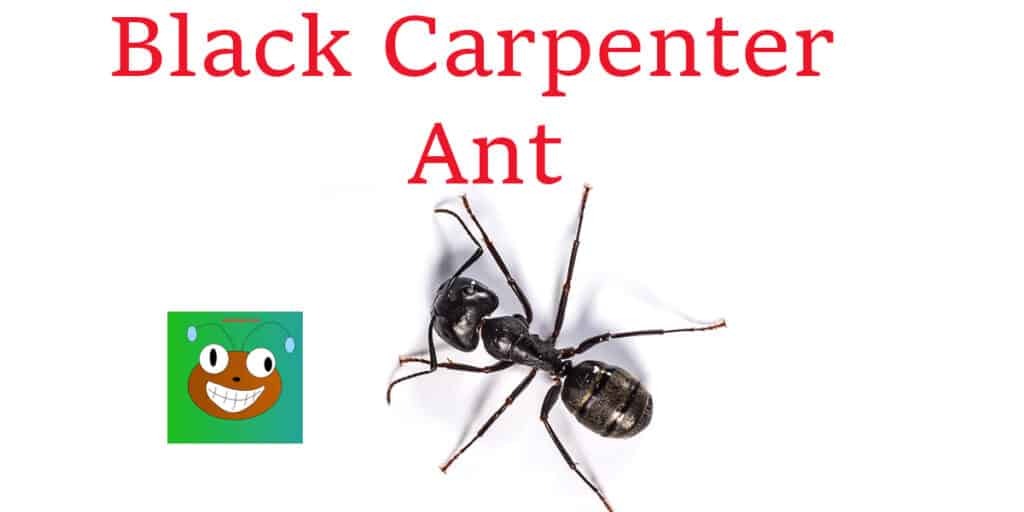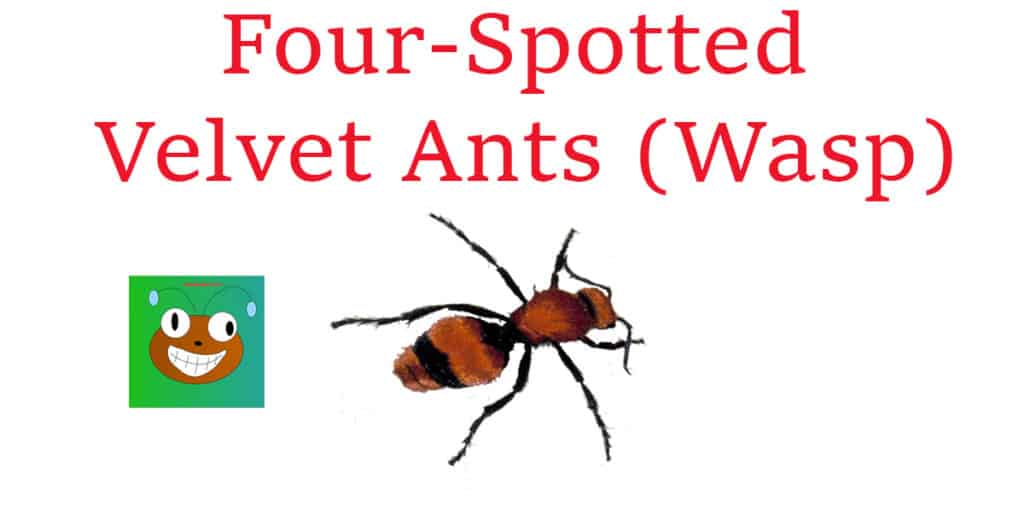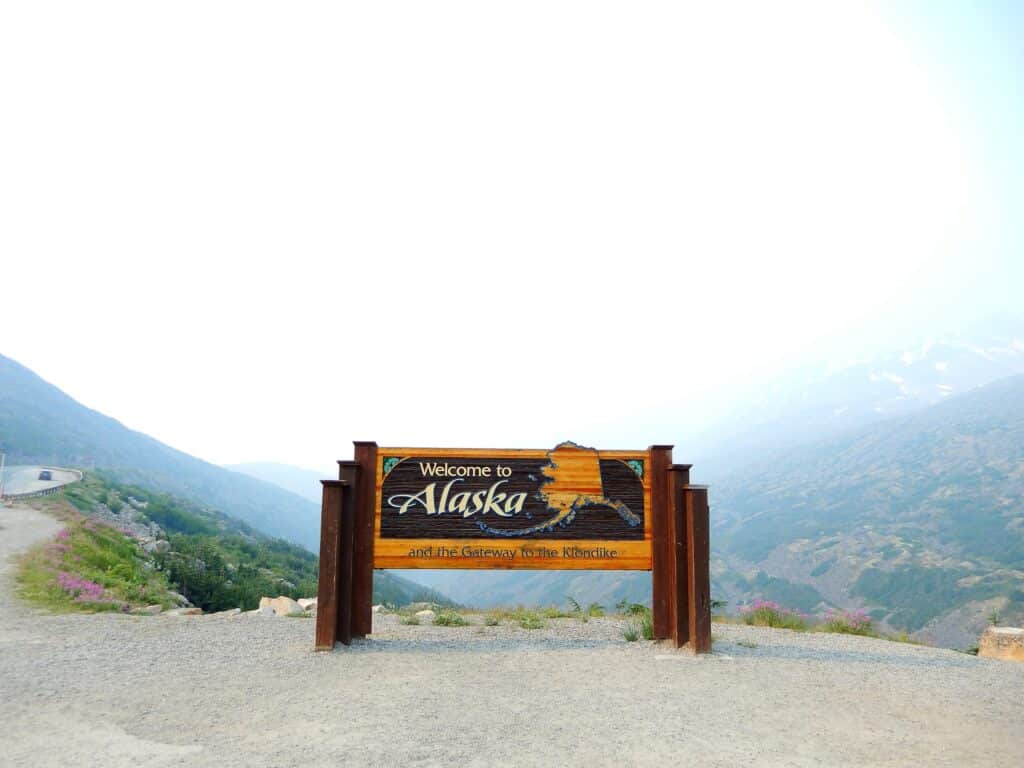While Ants can be found on nearly every continent, the type of ants will differ in each state.
Listed below, we found the ants that you’d expect to find in Alaska.
While the state is known for its beautiful national parks, unlimited wilderness, salmon, caribou, and bears, we can’t forget all the unique ants that run around!
If you’re looking to get started with ant-keeping, These ants would be perfect to start your journey, as they’re well-adjusted to Alaska’s unique temperature, water, and humidity.
This wasn’t the state you were looking for?
That’s okay, head back to the type of ant in each state database and find the correct state!
Types of Ants in Alaska
The types of ants found in Alaska are Allegheny Mound Ants, Carpenter Ants, Formica Ants, Four-Spotted Velvet Ants, Regular Velvet Ants, Red Pavement Ants, and Western Harvester Ants.
Allegheny Mound Ants
An American ant species that construct massive mounds are known as the Allegheny mound ant.
These ants are composed of an abdomen and head that are crimson colored, dark brown and black stomach and legs.

While these ants look very similar to carpenter ants, the dark legs and huge mounds on the ground indicate that these are not carpenter ants.
These ants reproduce pretty quickly due to them being polygynous.
The eggs laid by the multiple queens develop into more worker ants or queens.
The sizes of the workers range from 3.1 – 6.5 mm, while the queen is much bigger, measuring up to 12.7 mm.
Allegheny mound ants build their nests throughout pastures, forested regions, and meadows.
They also set up nests on lawns or parks in urban and rural settings.
The workers graze on terraces and balconies but usually do not enter residences.
Allegheny Mound Ants are carbohydrate lovers, consuming sugary fluids, honeydew made by aphids, sap from trees, and sometimes other insects.
The workers will protect aphids who make them honeydew, just like carpenter ants.
These ants can be disastrous for businesses like farms and greenhouses.
These insects will kill nearby trees, vegetation, and structures shading the mound to keep the mound in the sun.
To do this, they bite many holes into the bark and continuously spray their formic acid into the hole.
Eventually, this kills and knocks over whatever was shading the mound.
These ants are very aggressive.
Since their bite comes with formic acid, these ants will hurt if bitten.
Carpenter Ants
Carpenter ants get their name by digging into the wood to make their nests, creating insulted homes and tunnels within the abandoned wood.
These ants will only chew and burrow through the wood to build nests.
They do not eat the wood.
This makes Alaska a great place for them to find shelter, as there are tons of places with wet, damp wood.
Worker Carpenter ants’ length ranges from 3 to 15mm.
Depending on the species, there is quite a wide range, but the queen is usually 2-3 times bigger (up to 30mm in length).
Carpenter ants that are black are a frequent pest, but these insects can also be an all-red, all-brown, or red-black mix.



When mature, the black western carpenter ants colony has as many as ten to twenty thousand workers.
In some cases, colonies can get so big that they have more than fifty thousand ants.
No matter the size of the Carpenter ant’s nest, there is only one active, wingless queen.
This goes on until the colony is about a year old, and the queen will start to develop swarmers.
These swarmers age and mature for about another year, then head off to start their colony.
Swarmers arrive from May through August in the east of the United States.
In the west, expect to see swarmers from February till June.
Formica Ants
The Formica Ant is a sizable Ant that claims home in northern regions of the world.
These ants are widespread all over the northern hemisphere.
There are numerous well-studied members in this genus, but tons are almost “undiscovered.”
Most of these species lack a formal taxonomic classification and are not well defined.
Therefore, Its taxonomy is divided into a significant number of minor categories.
Without getting into the drama of ant classification, some Myremcologists will refer to this ant as the Wood Ant.
These ants are between 4 and 8 mm long.
Most Formica Ants reside in wilderness settings with lots of trees and land.
This allows them to build mounds or hide in trees, as their common name suggests (Wood Ant).
These ants value sunshine and need it to thrive.
While many ants avoid humans, these ants seem to prefer them.
These ants do not survive well in regular ecosystems and do better in artificial environments.
As a result, they frequently make their nests close to man-made objects like sidewalks, railings, or building bases found in the suburbs.
Four-Spotted Velvet Ants
One of my favorite… wasps?
Yes, you heard that right – this isn’t even an ant.
Due to its extreme similarity to regular ants and common misconceptions, we’ve included it here.
However, the Four-spotted Velvet Ant does not build nests, is not social, and should not be kept during ant-keeping because… it’s not an ant.
As this is genuinely a wasp, its deceptive name might confuse you.
Females typically wander over pavement, terraces, sidewalks, or streets.
In contrast, males possess wings and can fly and look like regular wasps.

Efforts to catch the female may set off her severe protective reaction, which is reported to be excruciatingly painful.
While they have a powerful sting, they aren’t very aggressive and only sting in defense.
The velvet part of their name comes from the tiny hairs all over their body that mimics a velvet cloth.
The four-spotted part comes from the blend of different colors on their abdomen, a base, and the spots.
The base colors include orange, red, black, and many blends.
As the belly tapers toward a tip, bands of golden hairs span it.
The four spots might be a mixture of unique colors like creamy yellow, crimson, or orange hues.
These wasps are pretty big, with average sizes of around 19mm.
Remember, there is no queen or worker size split here because it’s a wasp.
While there is a ton of variation amongst them, some might not have any spots, while others might have four spots of the same size.
Red Pavement Ants
Red pavement ants are a small species, with worker ants only reaching sizes between 2.75–3.2 mm.

Red Pavement Ant’s nests are typically found on asphalt, concrete roads, sidewalks, or parking lots.
This makes them dangerous, as numerous ants may climb up shoes and legs when you stomp on a nest, where they may bite.
Luckily, these bites do not cause any real concern.
However, even with their small size, the Red Pavement Ants’ bite can still hurt, as these ants contain formic acid.
These ants are always looking for food, and being near residential areas usually leads these ants to be in close contact with humans.
Red Pavement Ants frequently discover spilled food items and quickly call the rest of the colony.
Within a few minutes of locating dropped food, these ants will assemble lines to start bringing it back to their nest.
These ants are polygynous, meaning they will have multiple queen ants within one nest.
This means there will be a rapid production of eggs and larvae for the colony.
The Red Pavement Queen ant size will be much bigger than the worker ants, going upwards of 8mm.
This species will have winged males and females.
It’s common to get these ants mistaken for termites due to their small size and similar bodies.
However, these ants, while still a pest, cause substantially less damage than termites.
Eventually, once colonies have reached capacity, some queens will deviate to create their nests.
This leads to an even faster expansion of the species.
Frequently Asked Questions
What Kind of Ants are in Alaska?
The kind of ants found in Alaska are Allegheny Mound Ants, Carpenter Ants, Formica Ants, Red Pavement Ants, and Western Harvester Ants.
Are There Carpenter Ants in Alaska?
Alaska does have Carpenter Ants. Being the most problematic ant in Alaska, these ants can be found all over the state. They can usually hide in damp, rotten wood that snow has melted on as they build their nests in wood.
Are There Bullet Ants in Alaska?
There are no bullet ants in Alaska. Bullet ants can be found in South America and Central America. This is good news for anyone traveling to Alaska, as the bullet ant has one of the most painful bites of any insect.
How Do You Get Rid of Carpenter Ants in Alaska?
Ant bait is the best way to get rid of carpenter ants in Alaska. Boric Acid with Honey works well to get rid of carpenter ants. Put this mixture near the nest and allow them to bring it back to the queen ant.
This wasn’t the state you were looking for?
That’s okay, head back to our massive ant by state database and find the correct state!
